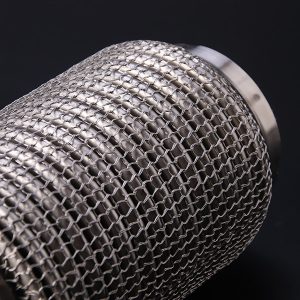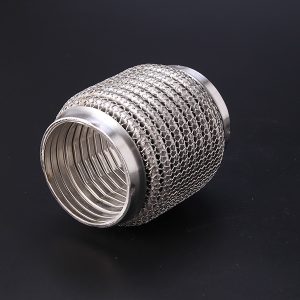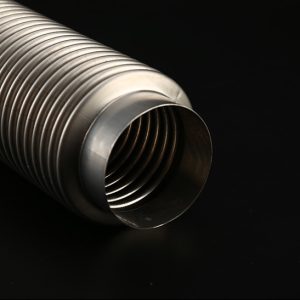


Stainless steel exhaust pipes are often used in automotive and industrial applications due to their durability and resistance to corrosion. However, not all stainless steel is created equal. Two of the most common types of stainless steel used for exhaust systems are 304 and 316. So, what is the difference between these two types of stainless steel exhaust pipes?
Composition:
The main difference between 304 and 316 stainless steel is their composition. 304 stainless steel contains 18% chromium and 8% nickel, while 316 stainless steel contains 16% chromium, 10% nickel and 2% molybdenum. The addition of molybdenum to 316 stainless steel improves corrosion resistance, making it a better choice for marine and high chloride environments.
Corrosion resistance:
While both 304 and 316 stainless steel are corrosion resistant, 316 stainless steel is more corrosion resistant. This is due to the addition of molybdenum in its composition. 316 stainless steel is often used in marine applications or in areas with high chloride content, such as near saltwater pools or near the ocean.
Strength:
When it comes to strength, both 304 and 316 stainless steel are strong and durable. However, 316 stainless steel is slightly stronger than 304 stainless steel. This makes it a better choice for applications that require higher strength and durability.
Price:
Due to its increased resistance to corrosion and higher strength, 316 stainless steel is generally more expensive than 304 stainless steel. However, the cost difference may vary depending on the supplier and the specific application.
In my mind, when choosing between 304 and 316 stainless steel exhaust pipes, it is important to consider the specific application and environment. If the exhaust system will be used in a marine environment or in an area with high levels of chloride, 316 stainless steel is the better choice due to its increased resistance to corrosion. However, if cost is a factor and the environment is not as harsh, 304 stainless steel may be a more cost-effective option.

